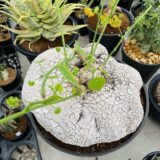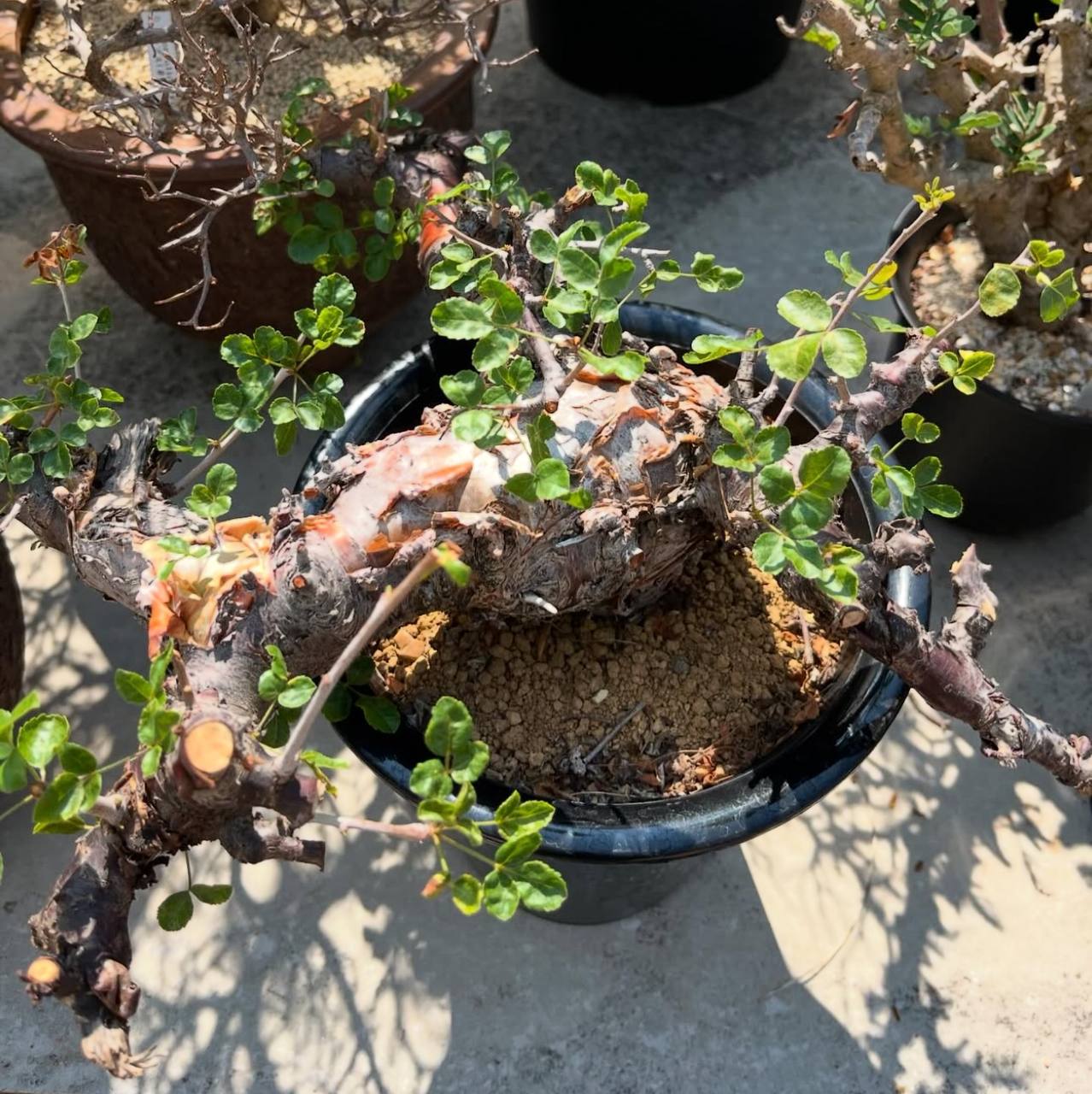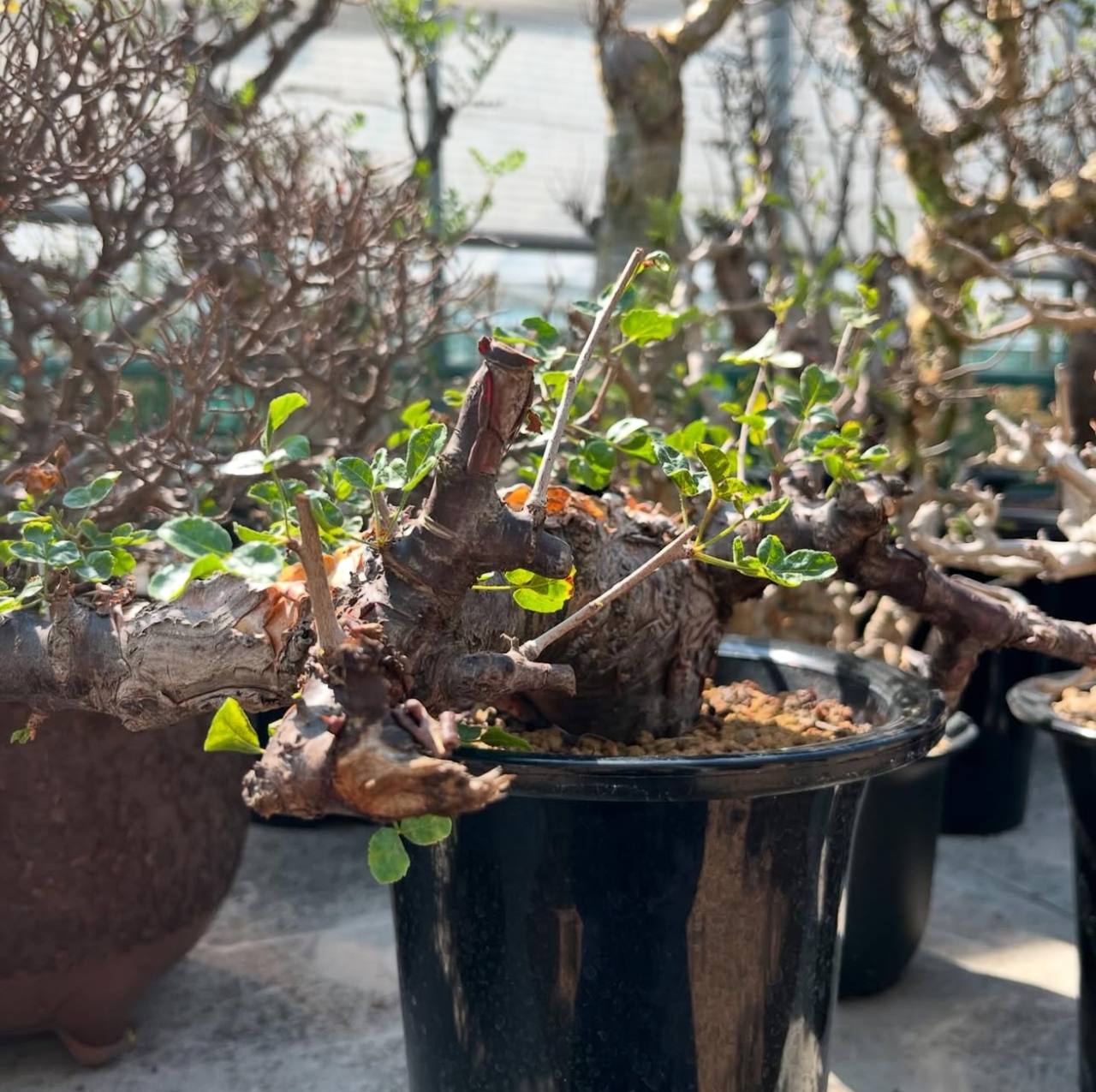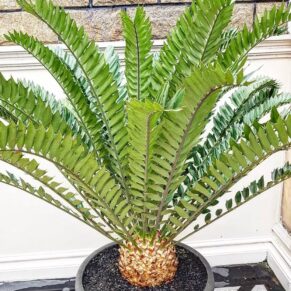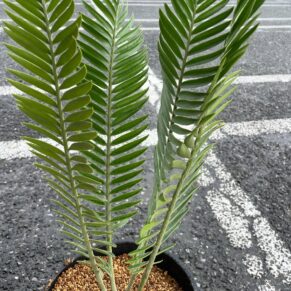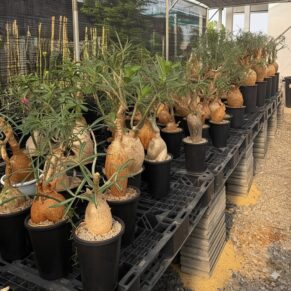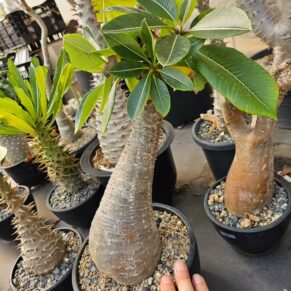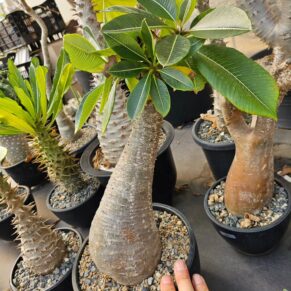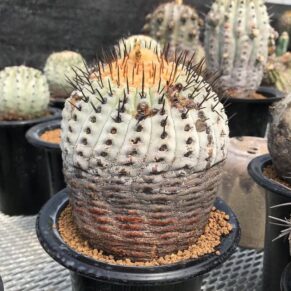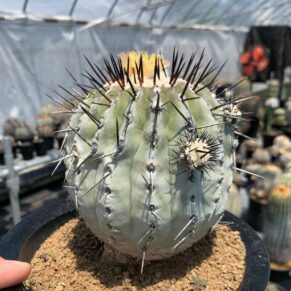Total $100.00
Commiphora boranensis Vollesen: A Comprehensive Exploration
Introduction
Commiphora boranensis Vollesen, commonly known as Borana myrrh, is a remarkable plant species belonging to the Burseraceae family. Endemic to the Borana Plateau in southern Ethiopia and northern Kenya, this species thrives in arid and semi-arid environments at elevations ranging from 190 to 470 meters above sea level caudexplants.com. Characterized by its unique morphology and diverse applications, C. boranensis holds significant ecological, cultural, and economic value.Facebook Group

Taxonomy and Nomenclature
The genus Commiphora encompasses a wide array of species, many of which are renowned for their resin production, commonly known as myrrh. Commiphora boranensis was first described by Vollesen in 1985 . The specific epithet “boranensis” denotes its geographic origin, the Borana region. Synonyms and vernacular names include “Dhuduse” and “xiltir” in Somali .caudexplants.com.
Morphological Characteristics
C. boranensis is a deciduous shrub or small tree, typically reaching up to 7 meters in height. Its bark is distinctive, peeling in blackish scrolls on older trunks, providing a unique aesthetic appeal. The leaves are compound, generally 3–5-foliolate, with leaflets that are elliptic to ovate in shape. These leaflets measure approximately 0.7–2.5 cm in length and 0.5–1.5 cm in width, exhibiting crenate to crenate-serrate margins .caudexplants.com.
The reproductive structures of C. boranensis include unisexual flowers, with male flowers arranged in cymes and female flowers occurring singly or in pairs. The fruits are ovoid to ellipsoid capsules, approximately 5.5–8 mm in length and 4.5–6 mm in width, marked with pale lines and containing seeds that are dispersed upon dehiscence
Ecological Distribution
Native to the Horn of Africa, C. boranensis is predominantly found in southeastern Ethiopia and northern Kenya. It inhabits dry shrubland biomes, thriving in arid conditions with well-draining soils. The plant’s resilience to drought and poor soil quality makes it an integral component of its native ecosystem, providing habitat and sustenance to various local wildlife caudexplants.com.
Traditional and Medicinal Uses
The Borana people have long utilized C. boranensis for its resin, which is harvested through tapping the trees. This resin serves multiple purposes, including medicinal applications and as a source of myrrh for incense during cultural and religious ceremonies .The resin’s bioactive compounds contribute to its anti-inflammatory and antimicrobial properties, making it valuable in traditional medicine for treating ailments such as coughs and colds

Phytochemistry and Pharmacological Potential
Extensive phytochemical analyses have identified over 300 secondary metabolites within the Commiphora genus. Notably, compounds like guggulsterone have demonstrated a range of pharmacological effects, including anti-inflammatory, antioxidant, and antibacterial activities . These findings underscore the therapeutic potential of C. boranensis and its resin in modern pharmacology.
Cultivation and Care
Cultivating C. boranensis requires attention to its specific environmental needs. The plant prefers full sun exposure and well-draining soil, such as a mix of peat and pumice, to prevent water stagnation. Watering should be moderate, with intervals allowing the soil to dry out between sessions, particularly during the growing season . Regular pruning is recommended to maintain its shape and encourage healthy growth.caudexplants.com.
Economic and Cultural Significance
Beyond its ecological and medicinal roles, C. boranensis holds economic importance. The resin is collected by local communities, often in exchange for essential goods, supporting livelihoods in rural areas . Additionally, the plant’s aesthetic appeal has led to its cultivation as a decorative specimen in gardens and as a bonsai subject, further enhancing its cultural value
Conservation and Sustainability
The sustainability of C. boranensis populations is influenced by factors such as overharvesting of resin and habitat degradation. Conservation efforts are essential to ensure the continued availability of this species. Implementing sustainable harvesting practices and habitat protection measures can mitigate the risks posed by these threats.
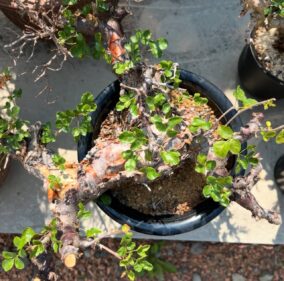
Conclusion
Commiphora boranensis Vollesen is a multifaceted plant species with significant ecological, medicinal, and cultural roles. Its unique characteristics and diverse applications highlight the importance of preserving and understanding such species. Continued research and sustainable practices will ensure that C. boranensis remains a valuable resource for future generations.caudexplants.com



